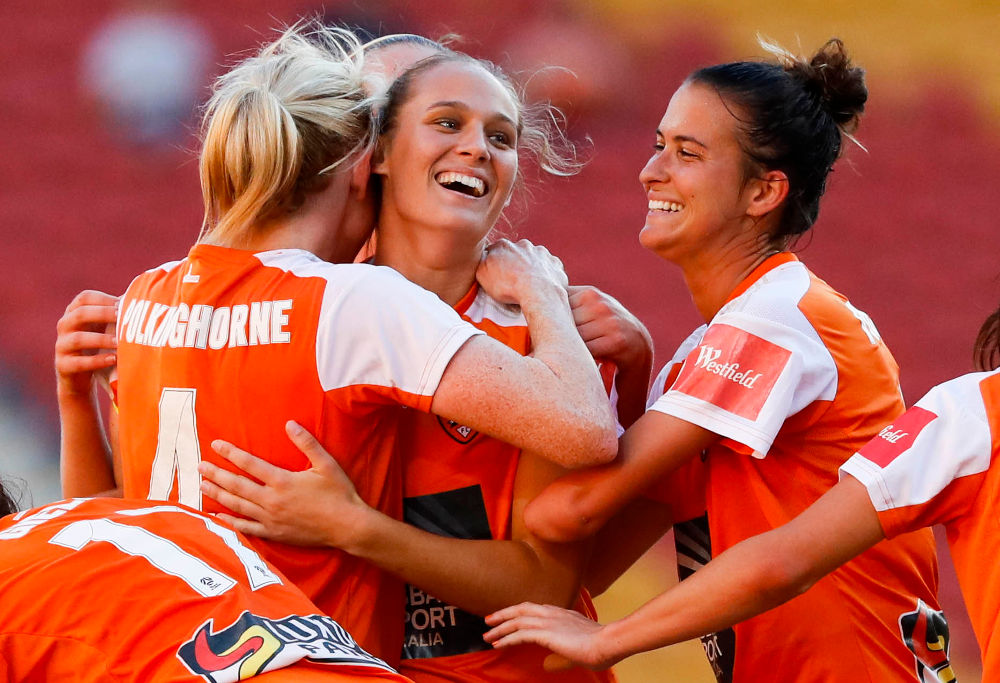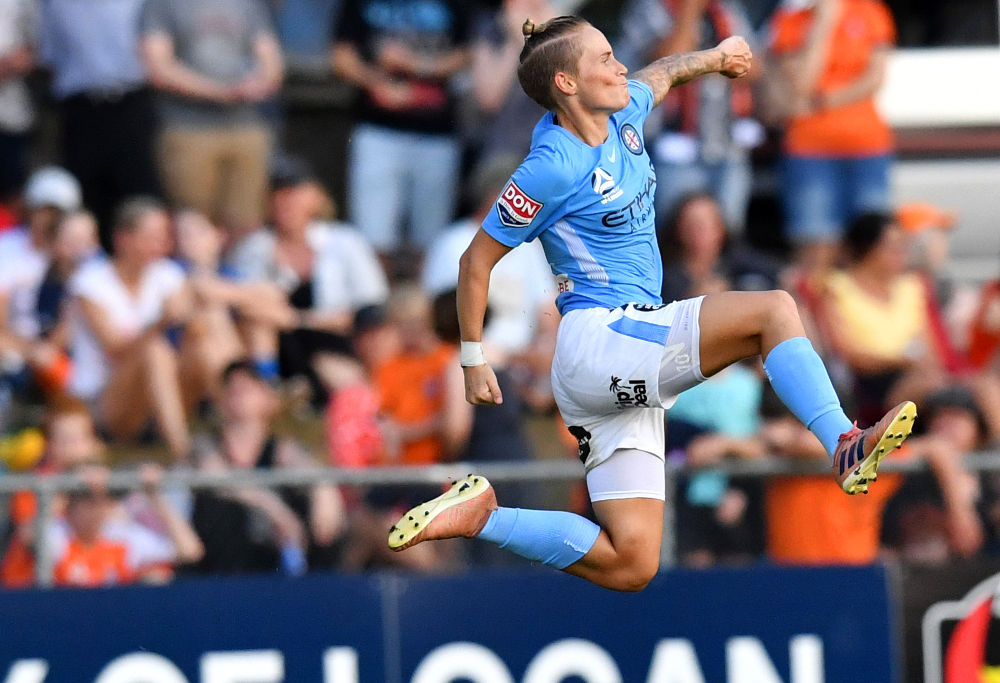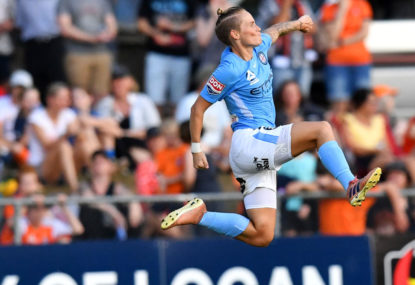What I would give to have been sitting in the row behind the FIFA delegates as they flew home following their Australian visit.
What conclusions have they drawn from our congressional set-up, our A-League that is in such desperate need of a loosening of its financial belt and the road-blocked game destined to destroy itself without intervention?
The apparently cordial nature of the talks and FIFA’s intention to move briskly in drawing up a clear and effective plan to solve the impasse certainly fueled much hope in those of us wanting the entire saga to be over.
One wonders how their professional long-distance airline pillow talk would have summarised the major players and what an outsiders view might be.
Do they see a governing body with selfish figureheads desperately clinging onto power or a more complex problem that just isn’t being conveyed well enough to the general public?
Perhaps the pragmatic solution lies somewhere in between, but if stripped back to its absolute core, their perspective on the current stand-off will inform their decisions over the next few months.

(Don Arnold/Getty Images)
The recommendations they produce will use words like ‘governance’, ‘congress’, ‘votes’, ‘promotion’ and ‘relegation’, yet the word that won’t be used frequently enough will be ‘women’.
While some obvious acknowledgement of the success of the Matildas and the positive upswing in interest in the W-League will be assured, the working party could do far worse than awaken the FFA to a revolutionary opportunity that lies before their very eyes.
My fear is that the FFA will miss another opportunity to be proactive thanks to the risk aversion for which it has become known.
Australian football has the chance to redefine the way fans experience the game. By riding the wave of growth in women’s sport in Australia, football can once again be at the cutting edge.
A-League clubs are no longer men’s football teams; they are organisations with a popular men’s team, a youth squad and a women’s team that thousands of young girls dream of representing.
This is quite simply a fact. Participation figures don’t lie, and while some dissenting voices may still deride women’s sport in general, it is the future whether they like it or lump up.

(AAP Image/Glenn Hunt)
The W-League pioneered the modern evolution in women’s professional sport in Australia. Apart from netball, which sat firmly on its hands as the world game slowly but surely moved past it statistically, other codes have only recently caught on.
The WBBL, AFLW and the new women’s rugby league competition are at different stages of development and the excitement around them is palpable. However, football was at the head of the curve eight years ago and, once again, should lead the revolutionary way.
The key is thinking and perspective. Nobody attends the Australian Open at Melbourne Park in January feeling like it is a men’s-only event. Parity is clearly evident, with prize money, scheduling and interest shared evenly between the male and female sides of the draw.
This is the mindset that should be in the periscope of the football powers, and we will all benefit on the day those powers show the courage to take what seems to me the most obvious and potentially important step for professional football in Australia.
While the A-League and W-Leagues don’t align seamlessly in terms of participants, in essence Australian football must go co-educational.
Rather than fans attending A-League fixtures at larger venues while W-League supporters venture to smaller grounds to catch some of the best female footballers on the planet, Australian football fans should be watching both in the same stadium each and every week.

(AAP Image/Darren England)
While Sydney, Newcastle, Melbourne City, Melbourne Victory, Perth, Adelaide, Brisbane and Western Sydney fit the vision quite neatly, Wellington becomes the sticking point, and a women’s team from across the ditch, with all the travel expense and logistical issues, might be unrealistic in the short term. If only there was another team.
Thank goodness for the nation’s capital. When Canberra United is added to the blueprint, nine clubs align perfectly and a neat home-and-away structure becomes a reality.
And thus the double-header becomes the norm, with one W-League team receiving a bye rather than a trip to New Zealand and Canberra’s home matches being the only matches played without an A-League game in conjunction.
On various occasions in life I have been accused of being an old hippie – a dreamer, if you will – and this plan might engender ridicule from some quarters. However, it seems so logical and inevitable to me that I struggle to understand why it hasn’t been embraced earlier.
Game day would become something far removed from the stale normality that results from a lack of innovation and change.
Picture it: the W-League game kicks off around 5:15pm and the A-League clash follows at 7:30pm. The FFA would encourage young girls to engage with the women’s competition through local clubs, offer memberships that encompass both competitions and market a family pass that makes a night at the football equally valuable to fans of both competitions.

(AAP Image/Brendan Esposito)
Heaven forbid, if a dour clash between two of the A-League lesser lights looms and the women’s match holds more importance, play the A-League match first and give the W-League star billing. Now that would be a red-letter day.
Just as the move to ‘summer soccer’ was groundbreaking, so too would this set-up be. It would put Australian football at the forefront of administrators minds when adapting to the ever-expanding women’s competitions throughout the world.
Therefore football in Australia becomes entrenched in the double-header – a paradigm shift. Buck the conventional thinking and be different.
And before you tell me I am mad, consider this: is this really my job? Shouldn’t there be a group of people responsible for this type of innovation and vision?
Oh yeah, apparently there is.

































































































